Var
Enjoy your holiday in the Var, with it’s beautiful forests, mountains and beaches.
Beautiful local sights and attractions
Discover a selection of the most beautiful places and attractions in Var
History
The department of Var is named after the river Var, which strangely enough does not flow in the department of Var itself, but for the most part in the...
Read MorePopulation
The number of permanent residents of the Var department was 1,108,364 in 2022....
Read MoreClimate
The Var has a Mediterranean climate, with the following average temperatures per month: January 10 February 10 March 12 April 14 May 17 June 21 ...
Read More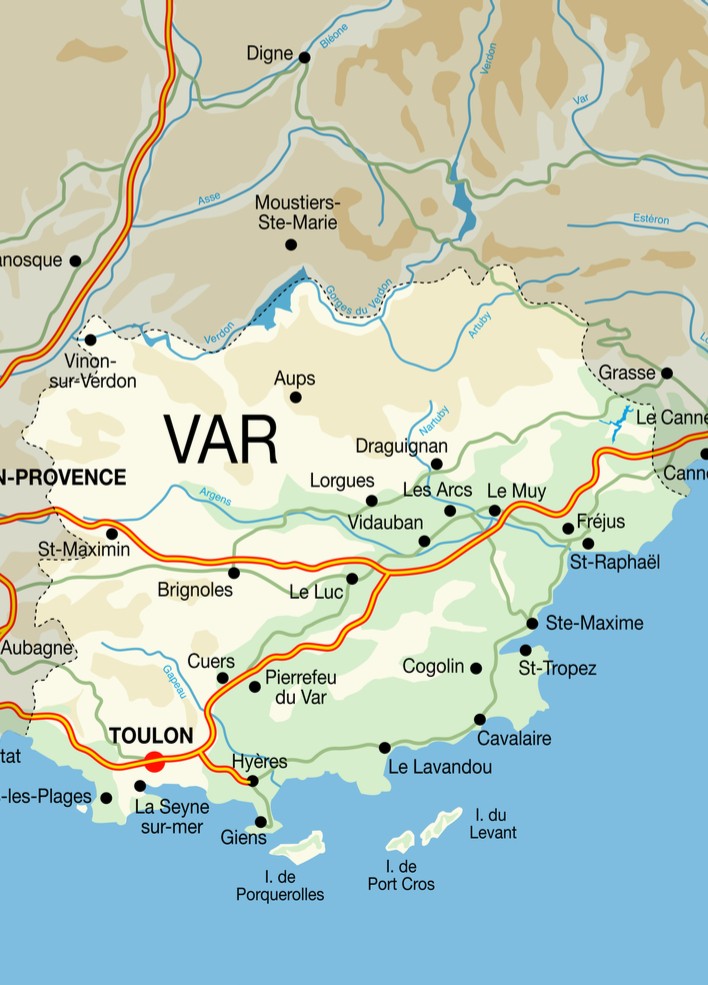
HIDDEN TREASURES IN THE VAR
The Var region of Southern Provence stretches from Bandol in the west to Saint-Raphael in the east and includes the western Côte d'Azur, the rich wine region of Côtes de Provence, a glorious coastline with sandy beaches and private coves, the Massif des Maures- a low range of mountains sprinkled with pretty villages stretching just behind the coast and a huge hinterland of untouched forests and countryside waiting to be explored. For those who want to get off the beaten track and enjoy the colours and tastes of Provence, the Var is the perfect holiday destination... The western part of the Var region includes the popular beach resorts of Sanary-sur-Mer and Saint-Cyr-sur-Mer as well as the lush vineyards and excellent wines of Bandol. There are a number of quiet scenic villages to explore too such as La Cadière-d’ Azur and Le Castellet. Bandol has long been a popular town with writers including Aldous Huxley and DH Lawrence. It has a really pretty harbour with moorings for visiting yachts as well as local fishing boats and is lined by bars and restaurants. Its centre is Place d' Europe which is actually three inter-linked squares. The beaches west of the town are small and rocky with Plage d'Anglaise the best with lovely views. East of the town there are lovely sandy beaches of Plage Centrale, Plage du Casino and Plage de Grand Vallat. The local wines are excellent with strong reds and good rosés, but the town also produces whites. The success of the wine is attributed to the Mouvèdre grape variety which grows so well in the area.
Hyères
The islands of the Îles d'Hyères lie just a short distance offshore. There are three islands Porquerolles, Port-Cros and Île du Levant. Porquerolles is the largest (7km x 3km) and the most popular. There are 200 hectares of vineyards run by three wineries which produce excellent wines. To protect the islands, they were made the Port Cros Natural Park in 2012. The attractive town of Hyères is lined with palms and citrus trees and in the spring, these are laden with oranges and lemons. It is surprising to learn that the town is a huge supplier of cut flowers and competes with Dutch producers for orders from all over the world. Hyères was the first tourist resort on the Côte d'Azur and was popular with those first tourists for the same reasons with today's visitors – the area enjoys sunshine for more than 300 days a year and has a short, mild winter. There are wide, elegant streets lined by attractive mansions designed by Pierre Chapoulart who owned the hotel Palais Lutétia which features an unusual style of Northern African architecture. Hyères is certainly a town of contrasts with plenty of interesting things to discover. There are narrow winding streets that lead upwards to the Medieval defences at the top of the hill. In this part of the town is the Villa Noailles which was frequented by painters including Dali, Brecht and Giacometti and today still has working studios and a meeting place for artists. The town is well known for its excellent rosé wine which is made in several wineries. In the Var region, there is a total number of 450 winemakers.
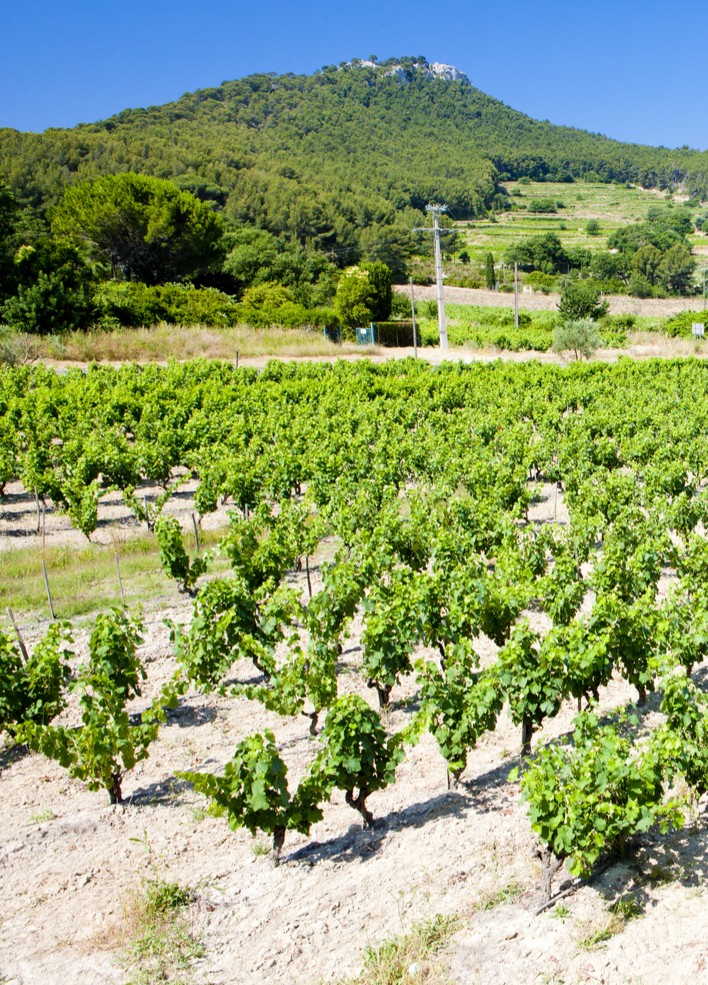
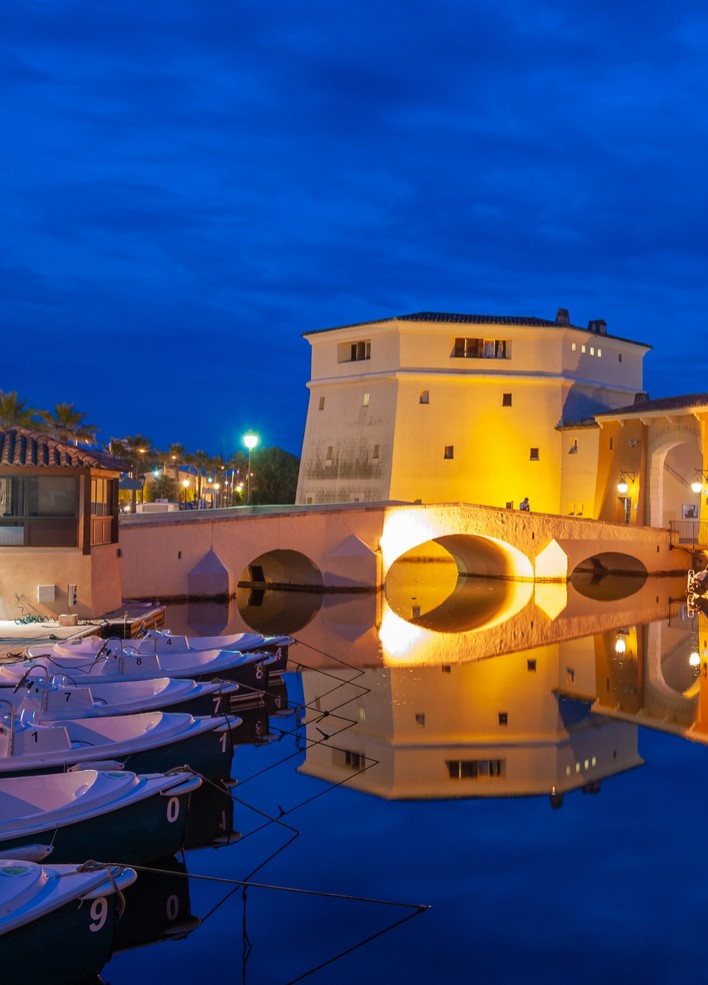
Saint-Tropez
A great winery to visit is Château Léoube in Bormes-les-Mimosas which is a really modern winery, using the latest equipment, but built around an old castle. The winery has tours, a really good café and its own private beach. Fort de Brégançon is a 16th century castle that stands in the sea. It is reached by a private causeway and since the 1960s has been the summer residence of the French President. It is open to the public at certain times of the year. The pretty village of Le Rayol is stated just 40 minutes west of Saint-Tropez and is a real hidden treasure. Its houses cling to the hillside which plunges down to meet the sea where there are two small coves that overlook the three islands of the Îles d'Hyères. It is the perfect place to stay for those who like peace, tranquillity and good food! The restaurant in the Hotel Bailli de Suffren has a good selection of Provençal dishes whilst in the centre of the village Maurin Des Maures is always popular as it serves really excellent fresh fish dishes including excellent sea bass. The Chef makes a delicious stuffed squid dish too. The gardens at Domaine du Rayol are testament to the area's lovely climate as they have a wide variety of plants in the Mediterranean Gardens from all over Europe and in the past, the plants were established in the gardens before being sent to Paris. On the coast near Rayol is the popular resort of Cavalaire-sur-Mer. Heading further east, the coast is particularly lovely with huge sandy beaches and well-known resorts including the most famous of them all – Saint-Tropez (affectionately known as Saint Trop!) This lively world-famous resort has been popular since Brigitte Bardot first put it 'on the map' in the 60's.
Massif des Maures
It has fabulous beaches, a wonderful stretch of coast, numerous restaurants to suit all budgets and dynamic night life. Saint-Tropez is where everyone loves to go in the hope they will be rubbing shoulders with the rich and famous! A little further along the coast is Les Issambres with its beaches and water sports and just inland is the lovely village of Roquebrune-sur-Argens. Charming is the lovely old town of Grimaud and the snazzy new development of Port Grimaud and following the coastal further east, lies the lovely beach resort of Saint Raphael and historic town of Fréjus. Leaving the Var region and driving into the Alpes-Maritime department just south of Massif d'Esterel and heading towards Cannes is certainly a memorable drive as this is the best coastal stretch of road in the whole of France! Just inland, Le Massif des Maures is a lovely mountain range that stretches behind the coast and is perfect for those who enjoy walking and cycling. There are several pretty villages that are worth discovering. The hilltop village of Bormes-les-Mimosas is in the centre of the Var region and is absolutely gorgeous as it is really living up to its name because it is filled with colourful flowers. There are more than 700 plant species thriving in the village and every alleyway, square and staircase has a colourful array on display. It is lovely just to enjoy a wander around the village and there are craft shops and galleries that are perfect for browsing. There are good views to enjoy too of the forests and Bay of Lavandou. On the northern side of the Massif des Maures lies the interior of the Var region which is an attractive mixture of pine forests and agricultural land.
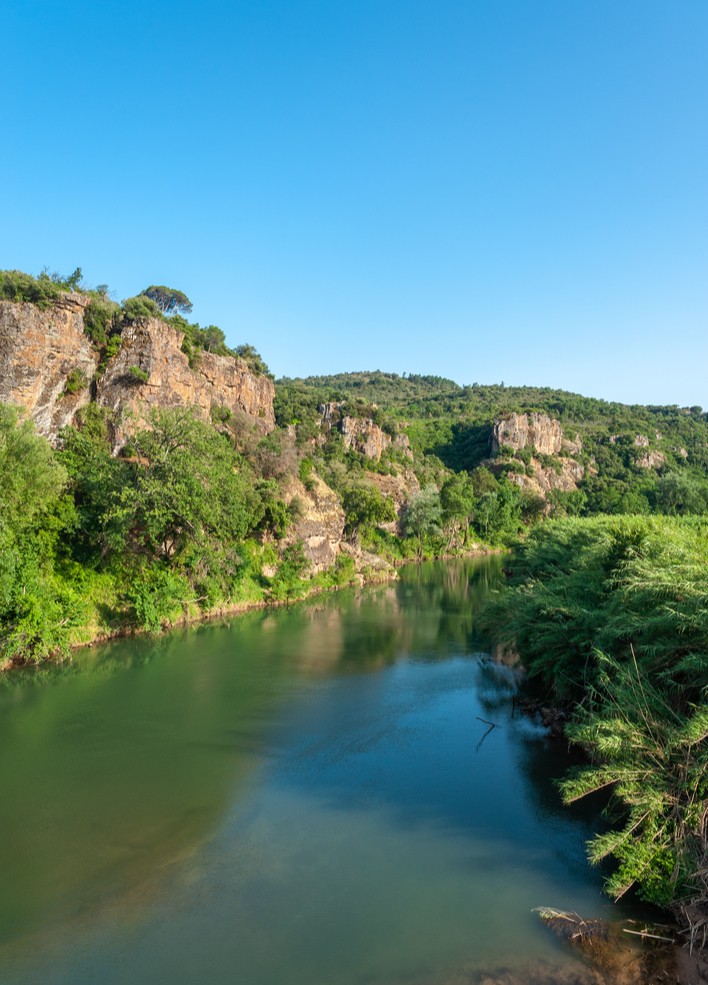
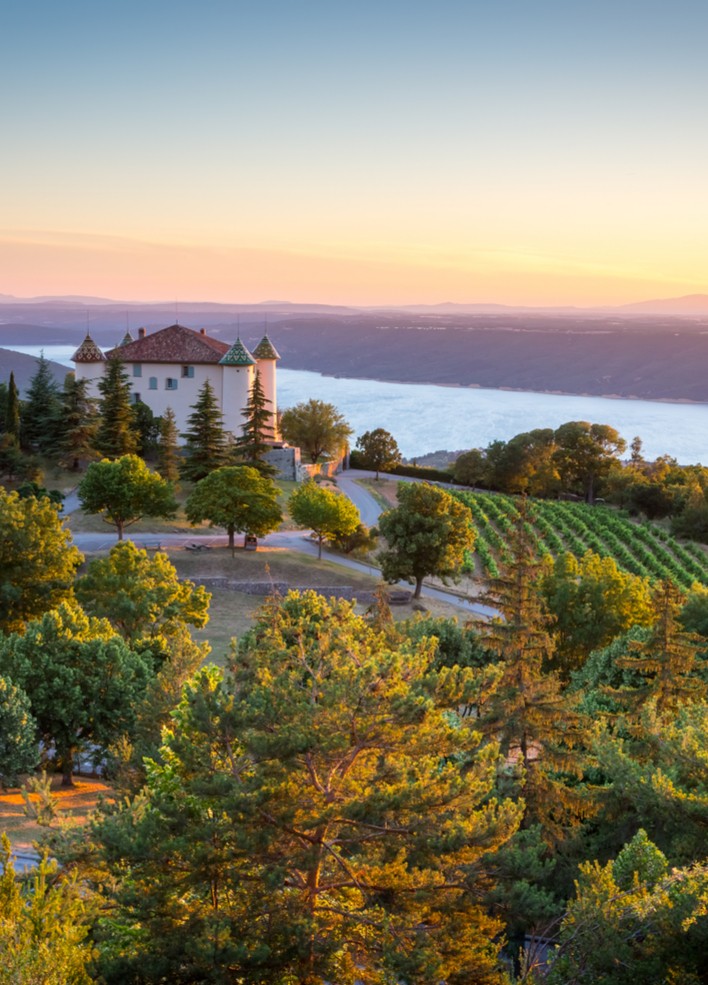
Interesting villages
This region produces more flowers than any other part of France plus a wide range of different crops. It is a major honey producing area with 27,000 beehives and the Var produces many other popular Provençal products including thyme and lavender. There are numerous unspoilt villages such as Gassin, Ramatuelle and La Croix-Valmer. Heading north, the Haute Var has attractive scenery and after the hustle and bustle of Saint-Tropez seems amazingly quiet! There are lakes and rivers for swimming, boating and fishing.The extensive forests are perfect for finding mushrooms and truffles but be attentive for wild boars. There are a number of 'perched villages' clinging to the hilltops and these include Callian, Fayance, Mons and Montauroux. They are all worth visiting as the tempo of life is just so different and much slower as it is geared to the passing seasons. Other interesting villages include Les-Arcs, Lorgues and Flayosc and the bustling town of Draguignan with the Roman Abbey of Thoronet is well worth exploring too. Further east, the village of Seillons is said to be one of the most beautiful in France and Chateaudouble the most dramatic as it is set in a cliffside. Selernes, Entrecastreaux and Tourtous are all full of charm and offer an authentic insight into the colours and flavours of Provence. Villecroze is the location of some interesting troglodyte caves and there are the dramatic Gorges du Verdon with the sizeable Lac de Sainte Croix just a short distance away. The gorges are perfect for enthusiastic hikers as there is plenty to explore and the summit of Grand Margès beckons (other good hiking in the Var can be enjoyed at Montauroux and Bergème).
Provençal character
The fun of exploring the Var region is that every village has the Provençal character, but its own charm and this is best discovered on foot. A good example of this is the village of Aiguines which is situated on the northern edge of the Var quite close to the lake. It is a typical Provençal village with its pastel-coloured houses standing around the central square – the Place de la Fontaine. Wandering around its streets, you will suddenly come across a small museum that is open in the summer months – Musée des Tourneurs sur Bois - and you will have discovered the secret of the village! In years gone by when the boules for Petanque were made from wood that was studded with countless nails, Aiguines was an important centre for their production – this is the magic of exploring the Var region!
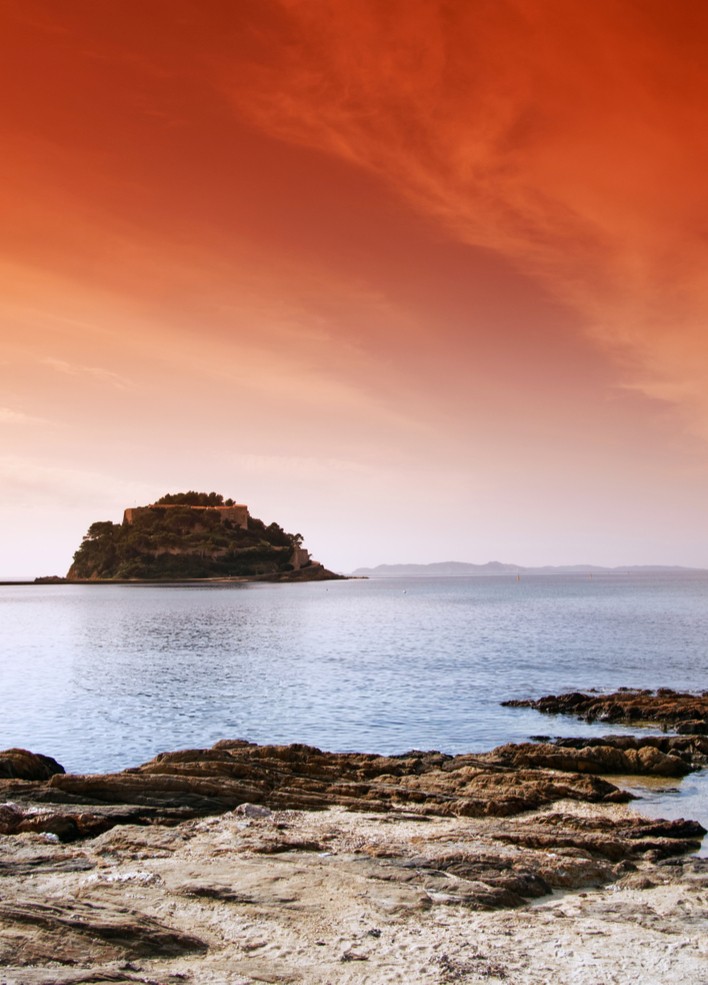
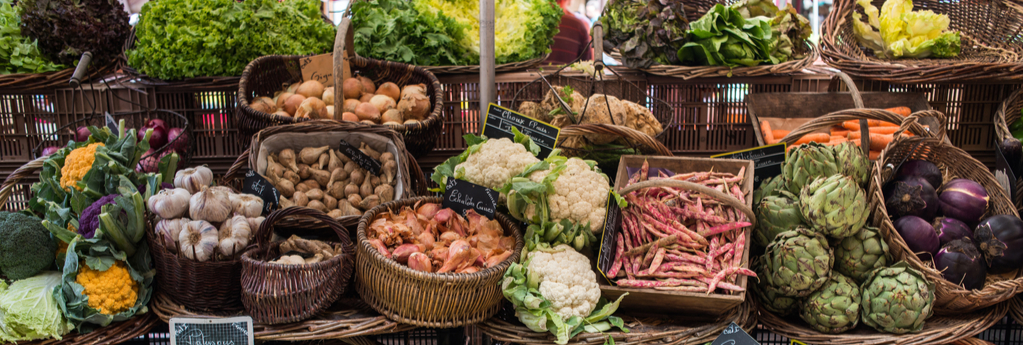


 EN
EN  NL
NL
 DE
DE
 FR
FR
